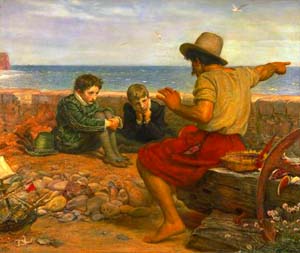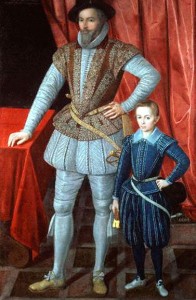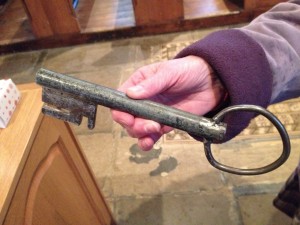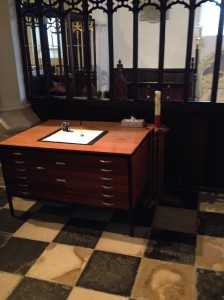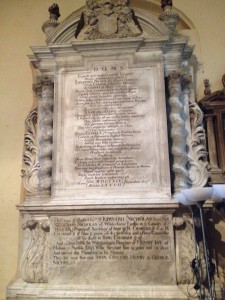Commenting on my previous blog, my brother (a keen smoker) writes of Sir Walter Ralegh: ‘I am bewildered as to why he was beheaded. He is a national hero not least for introducing tobacco to this country. I still have a copy of the famous painting of him in Budleigh Salterton just outside the gentlemen’s club on the seafront.’ We were both brought up on Millais’s ‘Boyhood of Ralegh’, which hung in our bedroom in our grandparents’ house in the town, close to Ralegh’s birthplace at Hayes Barton. The same house, which had an enormous library and stained glass windows, and paths made up of pebbles from the beach, had been the residence of Dr Brushfield, the distinguished antiquary, to whose ‘Raleghana’ I owe much of the information in my article.
My brother may enjoy this image of Sir Walter’s tobacco pouch:
Made of leather, clay, bamboo, wood and silver, it dates from the period of his incarceration in the Tower and is inscribed ‘W.R. 1617’, within a heart. A further inscription reads: ‘Comes meus fuit in illo miserrimo tempore’ (He was my companion during that unhappy time). Ralegh gave the pouch to a friend, Sir Henry Spelman. Thence it passed to Ralph Whitfield of the Barbican and by descent through the Whitfield family until acquired by Sir Richard Wallace. When I visited the Wallace Collection the other day I was disappointed to discover that it is not on display there, but is kept in the Reserve Vault in the basement.
